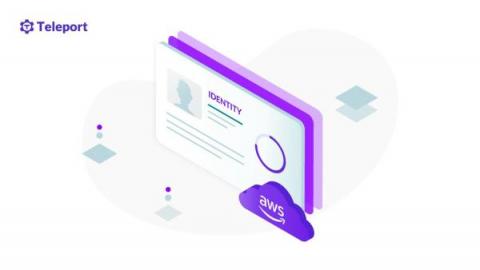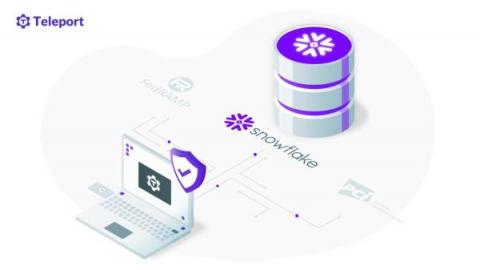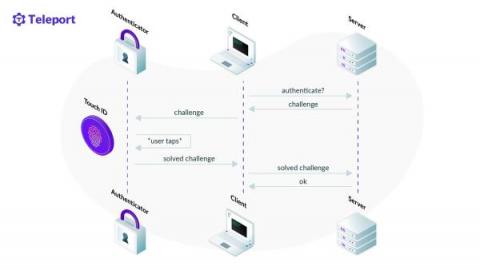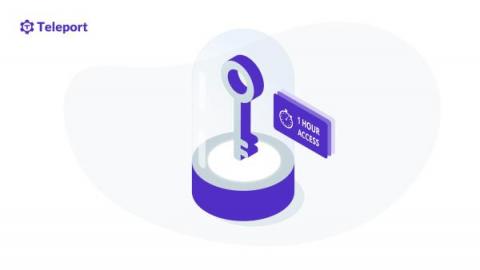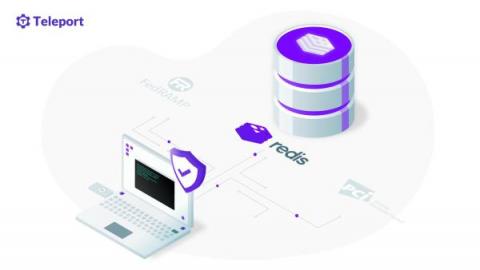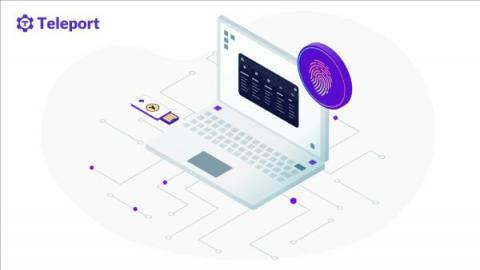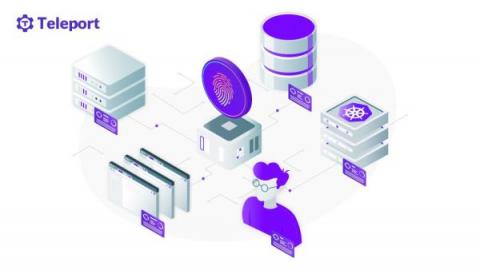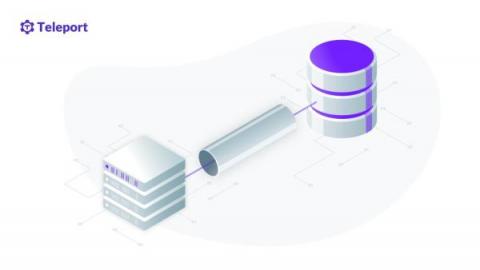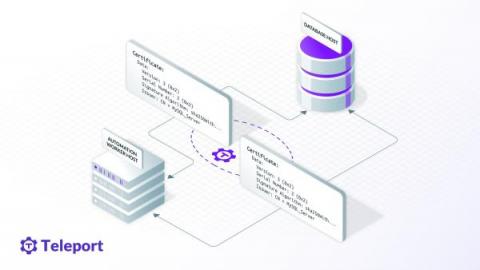Securing Cloud Infrastructure with Teleport and AWS Identity Federation
Over the last decade, enterprises have accelerated the adoption of the cloud. According to the State of the Cloud report by Flexera, the average annual spend on cloud computing is over $62 million. As enterprises continue to invest in the cloud, AWS, the market leader in cloud computing, is growing at a rapid pace. The rise of cloud computing poses new challenges to enterprise IT. With each department migrating and managing their workloads in AWS, there is a proliferation of accounts, users and roles.


